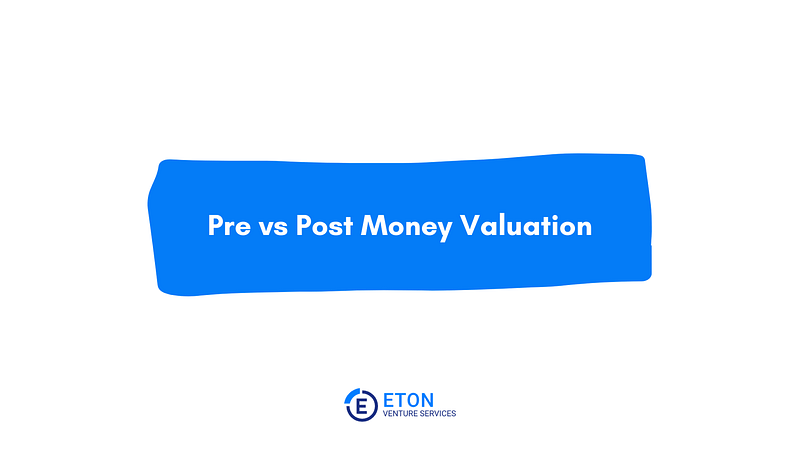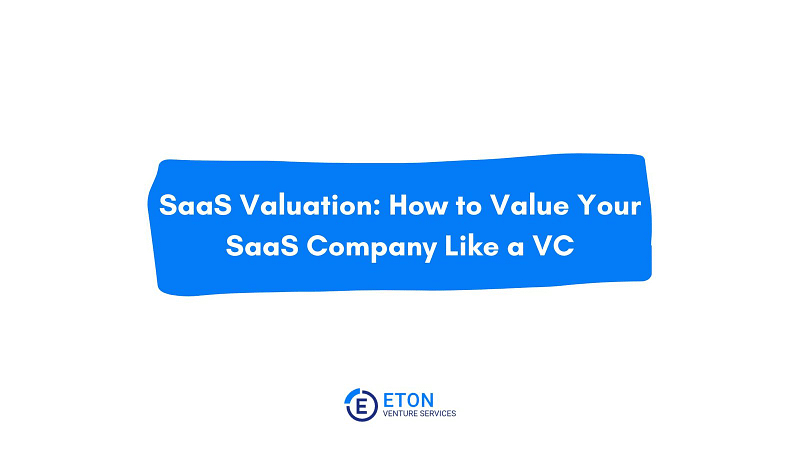Introduction:
Debt serves as a fixed-income instrument that enables lenders to earn a fixed interest on their principal and eventually recover the principal amount. Meanwhile, the issuer capitalizes on the debt to raise funds. There are two primary types of debt instruments for venture-backed, high-growth early-stage enterprises: convertible debt and non-convertible debt. In this article, we will explore both types of debt instruments in equal depth, discussing their features, benefits, and valuation processes.
Convertible Debt:
Convertible debt instruments grant the borrower the opportunity to convert a portion of the debt into equity shares at a future date under specific predefined conditions. The dual nature of convertible debt offers the borrower the potential for upside returns while simultaneously protecting them from downside risks.
Non-Convertible Debt:
In contrast, non-convertible debt instruments do not offer the option to convert into equity shares at any point in time. Consequently, they generally carry higher interest rates compared to convertible debt. Non-convertible debt is often employed by companies that prioritize a fixed return on investment for their lenders and wish to maintain a stable capital structure.
The value of convertible debt can be understood as the sum of the price of a plain vanilla debt with a similar interest profile, and the value of the option to convert it into stock. Valuing convertible debt involves calculating the present value of all expected future cash flows and discounting them based on an appropriate discount rate. This process requires identifying expected future cash flows and determining the proper discount rate for discounting those cash flows.
Our valuation professionals employ the stochastic process of Geometric Brownian Motion to model the stock price of the company issuing the convertible debt. We also take into consideration various market inputs and the conversion ratio, which requires expertise to handle accurately.
Valuing non-convertible debt is relatively more straightforward compared to convertible debt. The valuation process involves calculating the present value of all future cash flows, including principal and interest payments, and discounting them using an appropriate discount rate. Determining the appropriate discount rate requires a thorough understanding of the company’s credit risk, prevailing market interest rates, and the term structure of interest rates.
At Eton Venture Services, our valuation professionals leverage their extensive experience and market knowledge to accurately determine the discount rate and evaluate non-convertible debt. We also account for any embedded options, covenants, or other unique features of the debt instrument that could impact its value.
Conclusion:
Both convertible and non-convertible debt instruments play crucial roles in financing high-growth early-stage enterprises. Understanding the features, benefits, and valuation methodologies for each type of debt is essential for both issuers and investors to make informed decisions. Convertible debt offers the potential for upside returns and lower interest rates, while non-convertible debt provides a stable income stream and preserves the company’s existing ownership structure.
Experience the Eton Advantage
At Eton Venture Services, our experienced team of valuation professionals has extensive experience in valuing convertible debt instruments with multiple features and options. We understand the intricacies of these instruments and work diligently to meet our clients’ expectations. Whether dealing with convertible debts for private or public companies, our professionals provide the best solutions for valuing convertible notes with embedded features. Avoid exposing your organization to unnecessary risks with subpar valuation models or inexperienced teams.
Join the industry leaders who have already experienced the advantages of Eton’s outstanding client service and valuation expertise. Allow us to guide you through the intricate process of valuing debt securities to make well-informed decisions. Contact Eton today.








